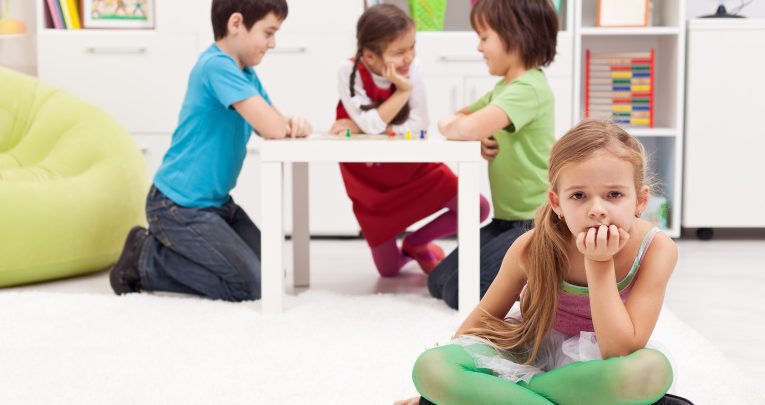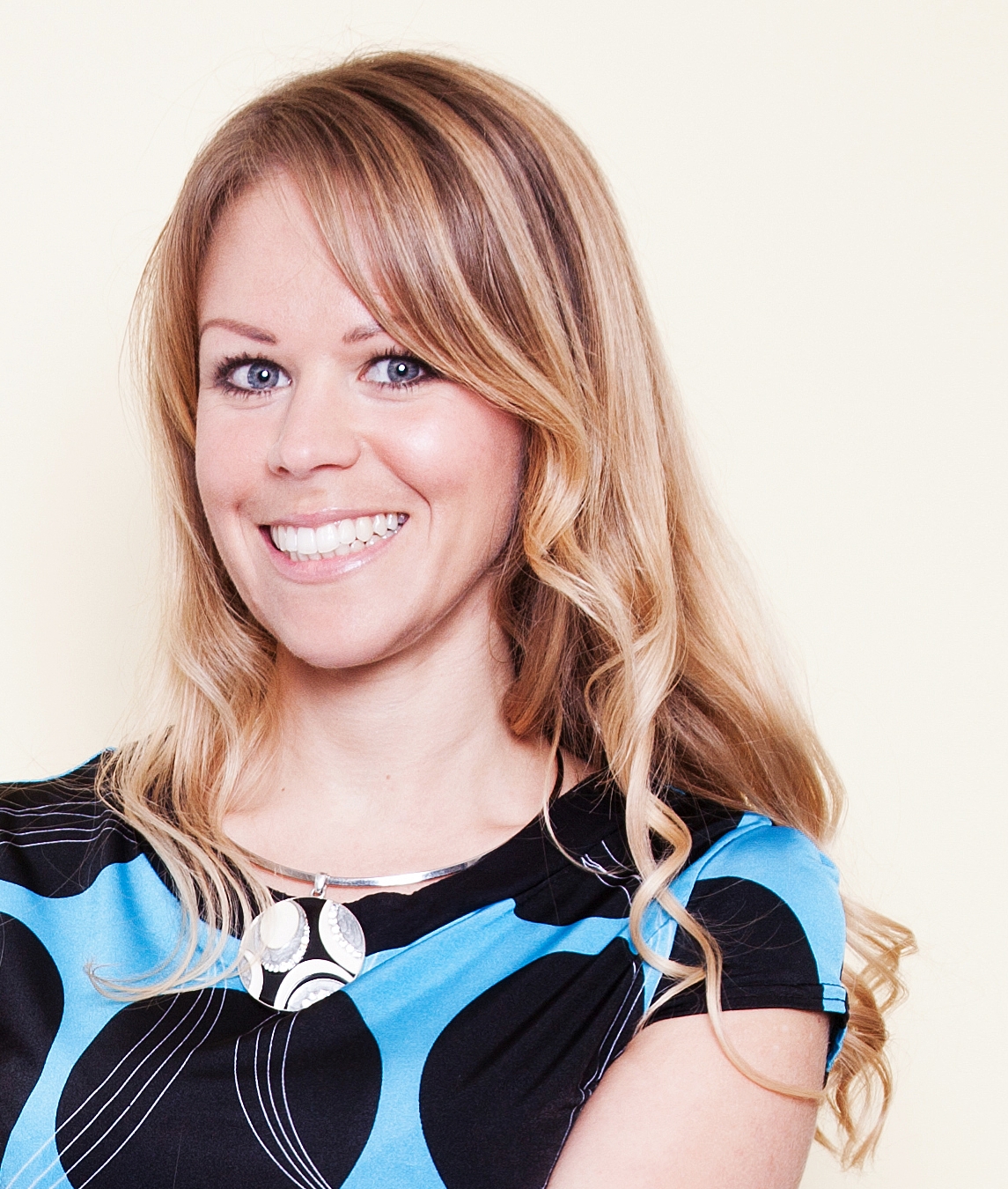Confidence Boost – How to help shy children become more outgoing

Gemma Bailey, director of NLP4Kids, looks at some of the issues that can arise from childhood shyness and stress – and how to go about managing them Shyness is a challenge for many young children. Though it tends to get better with age, there are some things you can do to start improving a child’s […]

- by Gemma Bailey

Gemma Bailey, director of NLP4Kids, looks at some of the issues that can arise from childhood shyness and stress – and how to go about managing them
Shyness is a challenge for many young children. Though it tends to get better with age, there are some things you can do to start improving a child’s confidence in the here and now.
Labelling any child as ‘shy’ runs the risk of giving them a title to live up to. By giving a child a very different label, such as ‘confident’, they may start to feel that they can’t act ‘shy’ any more, since that is not who they are. After ‘re-labelling’ a child in a more positive light, you may well start to notice them demonstrating confidence more often.
Mirroring behaviours If a child is uncomfortable going up to new children and introducing themselves, encourage them to play alongside other children instead. More often than not, children will automatically start to play with each other if they are near each other.
This can help make ‘shy’ children feel more at ease with meeting new children, as they don’t have to strike up a conversation – their interactions will develop naturally. The same can apply to older children, too. If they are afraid to make conversation with new people, a great way to integrate themselves can be to stand near the new person and proceed to mirror their actions and behaviour.
It can be difficult sometimes to encourage certain children to leave their comfort zone. This could be down to a simple case of mismatching in terms of physiology, the tone of your voice or the type of language you are using.
When speaking with the child, be at the same height as them. Not only is this less intimidating, it will also make them more comfortable speaking with you, since they will feel you are on the same level. Matching or mirroring a child’s physiology can take them from an unhappy state to a happy state very quickly.
If a child is in a state of hiding, what won’t work is you trying to help them overcome that by being deliberately outgoing – the two states are too far apart.
Change the physiology Instead, try to match the child in three behaviours and then carefully lead them into a more positive state by changing your physiology.
For example, a child is sitting in a slouched position, speaking in a quiet, low-pitched voice and using very visual language such as ‘I see.’ To help them open up, start by matching them – sit in the same way, adopt the same style of speaking and use the same language.
Once you begin to feel or notice that you have rapport, sit in a more upright position. If the child matches you, start speaking in a more happy and upbeat tone. By doing this you will feel connected with the child, and be able to take them from a reserved state to a more outgoing one quickly and easily.
Gemma Bailey is the director of NLP4Kids – a children’s therapy service that provides child counselling and teen therapy using neuro-linguistic programming. For more information about the company’s workshops for schools, contact 0203 6677294, email Gemma@NLP4Kids.org or visit the NLP4Kids website.











